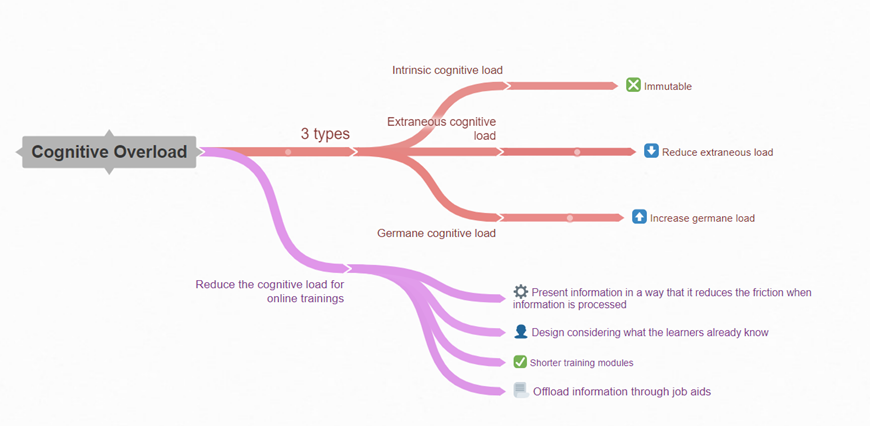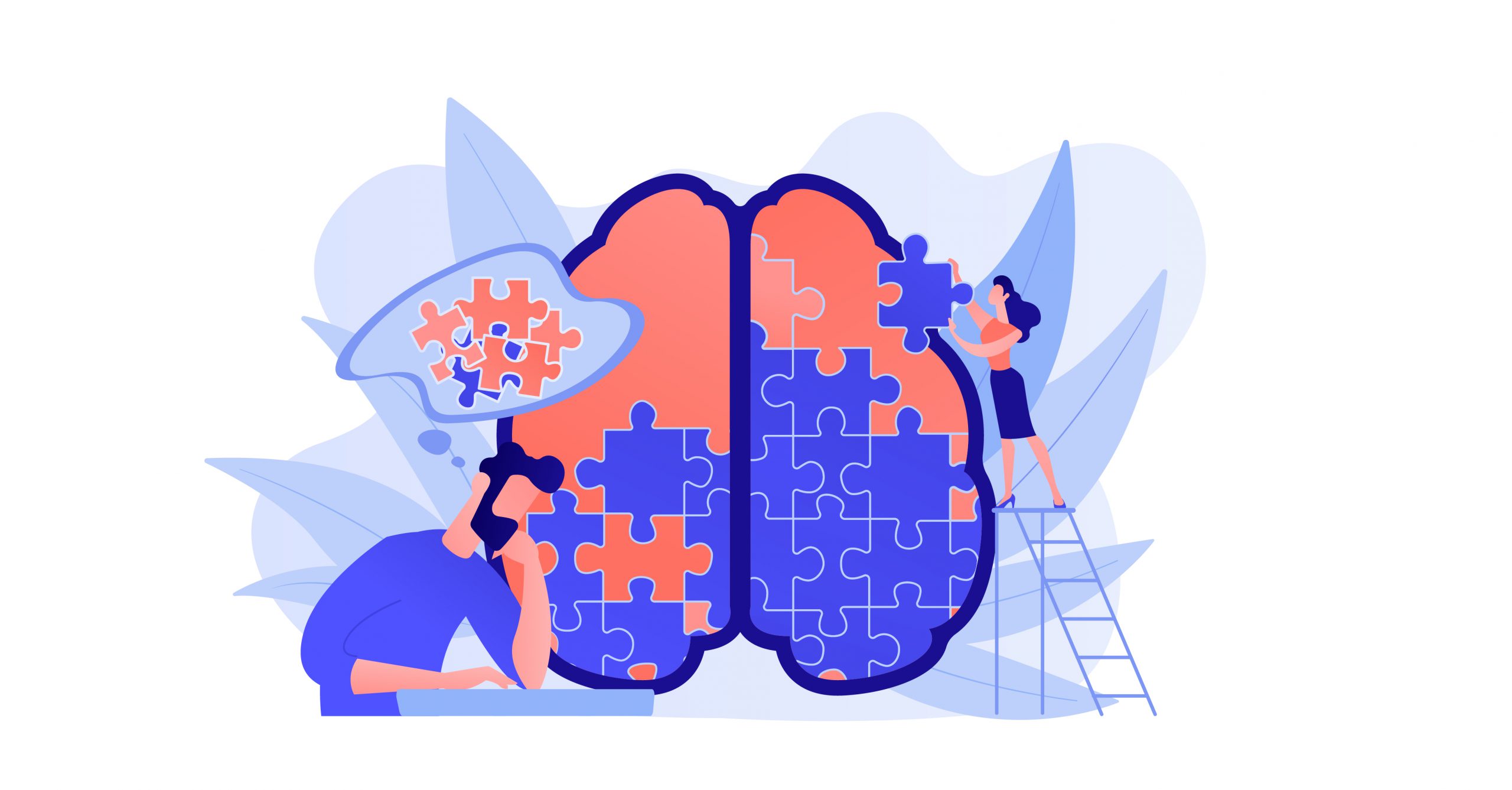The other day I was just half an hour into an online course on finance (a rather taxing topic for me!) and I felt my head pounding, I could feel what the incredible Hulk feels when he transforms! I could see the green color spreading all over my face!
And that was it. I couldn’t take the course anymore, and I decided to go for a walk.
All of us can relate to this, you simply feel your brains are loaded and you can’t take in anymore. This is quite common not only with online courses but with any form of learning. It’s the ‘Cognitive Overload’.
As an L&D professional, it’s important to understand when and why this can happen to your learners and how to take care of this problem.
What is cognitive overload?
In cognitive psychology, a cognitive load is nothing but the number of working memory resources. A Cognitive Overload is, by definition, a situation where one is given too much information at once, or too many simultaneous tasks, resulting in not being able to perform or process the information as it would otherwise happen if the amount was instead sustainable.
Let’s try to understand what working memory resources are. Australian educational psychologist John Sweller divides a person’s working memory into three activity spaces: intrinsic load, extraneous load, and germane load.
- Intrinsic cognitive load is the effort associated with a specific topic. You can relate this to me and the finance course; something that is beyond my capacity (we all have limits!). Another example could be teaching an algebraic expression to a second-grade student!
- Extraneous cognitive load refers to the way information or tasks are presented to a learner. You can relate this to how you present the information to the learner; through bullet point text, process diagrams, or infographics. This is something that we, as L&D folks, can take care of.
- Germane cognitive load refers to the work put into creating a permanent store of knowledge. To simplify, this relates to the mental schemas the learners create as they go through the training. Use this to create effective learning; instead of providing a chunk of text or bullet list, present the information through a scenario or flowchart.
Of the three above, intrinsic load is immutable in a way. But you can still handle it by appropriate content and adopting a scaffolding strategy to move from simple concepts to complex ones.
As L&D professionals we should try to:
- Reduce extraneous load by providing simple instructions and information that is easy to comprehend.
- Increase germane load by using better instructional strategies or visual representations. Also, build on what they might already know.
How to reduce the cognitive load when designing online trainings?
- Information Presentation: Present information in such a way that it reduces the friction that occurs when information is processed.
- Use information that the learners already know; build on it so that existing mental schemas can be updated for this new piece of information and the learner doesn’t feel overwhelmed with the new content.
- At times we have screens where too many things happen at the same time; we have audio narration; text animation and a few visuals fading in across the screen – all at the same time. Where should the learner concentrate? This is referred to as the ‘split-attention effect’. Let the learners focus on one thing at a time so there is no friction in the information processing activity.
Note: ‘Spilt-attention effect’ also refers to distractions like social media notifications, external links, etc. that distracts the learner away from the core course content. - Add a few supporting visuals to explain the concept better. The easier the learning, the lower the cognitive load. Instead of bullet lists or paragraphs, use process flows and infographics to better represent the information. Don’t overdo it, it might distract the learners. Use your judgment to decide how much to visually enhance.
- Design: Most of the learners are aware of the basic navigation in an online training, so leverage that info, keep the things within conventions or keep them intuitive to make it easier for learners to go through the course. The learners can save energy to process the information provided in the course.
- Shorter training modules: Instead of providing a single 1-hour training, divide it into shorter units of 15 mins each, each logically divided based on a task or topic to be covered. Don’t forget to provide a broader picture of the content and the learner’s progress in this content journey, in every unit. This not only reduces the cognitive load but also builds a feeling of achievement much earlier in the learning process (as each unit is completed), motivating the learner to complete the training.
- Offload information through job aids: When courses are to be developed, the SMEs provide us with a dump of information. For SMEs every bit is important. But not all of it needs to go into the training. Not everything needs to be memorized. Offload this information in the form of job aids that the learners can refer to as and when needed. For instance, in a simulation, it’s important to understand the situations in which you would use a particular section or procedure. You don’t need to rote the steps for all the procedures, those would anyways change with the software upgrade.

Mind Map that summarizes this blog
The thing to keep in mind is ‘how many working memory resources’ is your course expecting your learners to use at a time. Think about it the next time you design a course.



















